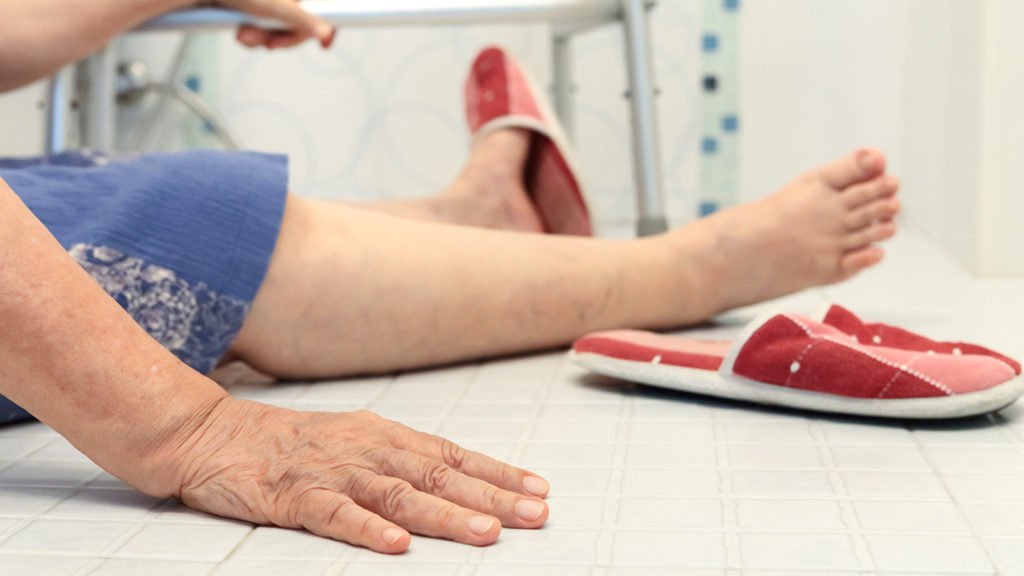
Older adults say they want to age in place, but very few have done much to prepare to do so, according to a new survey. That lack of planning, however, may present an opportunity for senior living providers.
A new National Poll on Healthy Aging — Older Adults’ Preparedness to Age in Place — reveals that not only have older adults failed to plan for aging in place, but a sizable percentage might have a difficult time paying for in-home help.
Although 88% of respondents aged 50 to 80 said that it was important to age in place as long as possible, only 15% indicated that they had given much thought to modifying their homes as they age — 47% have given it little or no thought.
As for hiring help, only 19% of the older adults surveyed said they are confident that they could afford to pay someone to help with household chores, grocery shopping, personal care or managing their finances. Almost two-thirds of those who ranked their physical or mental health as fair or poor said they were not confident that they could afford to pay for in-home care.
Senior living opportunity
The poll results provide senior living operators “a great opportunity” to highlight what assisted living has to offer: independent living in readily accessible spaces with support as needed, according to one of the report authors.
U-M School of Nursing Assistant Profession Sheria Robinson-Lane, Ph.D., said that the pandemic’s effects on older adults, and policy proposals about home- and community-based services at the federal and state levels, make a proactive approach to retirement planning of “immediate importance,” especially for older adults without much social support and with more complex health needs.
“One of the large challenges is that too many older adults simply haven’t really thought about what they will need in the future and how to best prepare,” Robinson-Lane told McKnight’s Senior Living. “Having really clear information about program offerings and services, and most importantly how to afford them, can make a large difference.”
Many people might presume that they can’t afford to live in an assisted living community, she said. And although retirement planning might not be top of mind for people in their 50s and 60s, senior living communities should be targeting this age group to provide insights into what retirement and downsizing might look like, Robinson-Lane added. Meals, laundry service, activities and other amenities that this age group might consider luxuries can be sold as community living perks.
“Not enough people know about what services are available, to be completely honest,” she said, adding that most people outside of the senior living industry aren’t aware of the technology integration in today’s communities that make it possible to connect families with their loved ones, as well as with care providers.
Poll results
Although the poll results show that older adults need to do more to modify their homes and plan for their potential care needs, some respondents said they have taken steps to prepare for the future.
One in five older adults (21%) said that they moved in the past five years — 52% said they moved to a home that was easier to get around in, 49% moved to a smaller home, 34% moved closer to relatives and 11% said they now live with relatives.
About one-third (34%) of participants said that their home has the necessary features to allow them to age in place.
When asked about specific features, 88% said they had a main floor bathroom, 78% have a main floor bedroom, 32% have grab bars in the bathroom, and 7% have a barrier-free shower. Almost one in 10 older adult respondents (9%) said that clutter or large amounts of possessions made it difficult for them to use the main rooms in their homes, however.
Almost half (49%) of respondents said they have at least one smart home device. The most common smart home technologies reported included voice-controlled assistive devices (21%), smart thermostats (18%) and doorbell cameras (16%). Less than 10% of the older adults reported having smart stove alarms, bath temperature monitors, water leak detectors, smart medication pill boxes or emergency response systems.
“AARP research consistently shows that the majority of older adults want to stay in their homes and communities for as long as possible,” said Indira Venkat, vice president of consumer insights at AARP. “Unfortunately, most houses weren’t built to support the needs of people across the many stages of life.”
The poll is based at the University of Michigan Institute for Healthcare Policy and Innovation, and supported by AARP and Michigan Medicine. This report is based on findings from a January and February online and phone poll of 2,277 older adults, aged 50 to 80, conducted by NORC at the University of Chicago for the institute.


